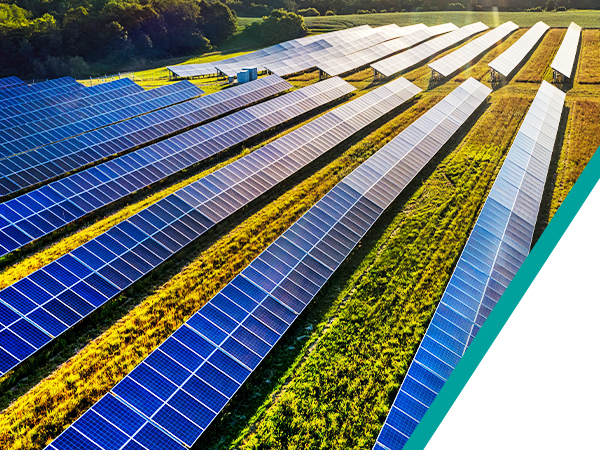Keep an Eye Out: New Trends in the AG Industry 2023 is rolling to an end, but industry advancements and changes remain …


✓ Biomass and Biogas
Farms are in a privileged position to incorporate energies like biogas and biomass into their operations. Biomass is produced by burning solid crops and organic waste, transforming them into a source of heat, steam, electricity, and fuels such as biofuel and biodiesel, depending on the base material. On the other hand, biogas is produced through anaerobic digestion, a process in which the same organic waste that makes up biomass can be fermented in an oxygen-free digestor to release carbon dioxide and methane. These gases are later processed to create energy, becoming a renewable alternative to natural gas and coal. The leftover solid material can be used as a soil enhancer.
There’s some debate around bioenergy being considered “green”, as the chemicals released during biomass and biogas processes are harmful. An uncontrolled or inappropriate operation can release toxic gases into the atmosphere, defeating the purpose of environmental protection. Other concerns revolve around the overproduction of waste in favor of bioenergy production. However, it remains a cost-effective and renewable way to reuse and recycle byproducts in a controlled, favorable manner, pushing rural economy, innovation, and incentives to improve and refine processes to reduce emissions.
✓ Wind Energy
The agricultural industry has been using wind as an energy source through windmills for centuries to pump water and process grain. The modern wind power energy industry continues to grow steadily, and wind turbines are an option for farmers that want to modernize their operations with a clean, sustainable alternative. Investment options are open to establish wind farms alongside regular crops, or to lease part of fields to wind developers. Even though wind energy is a great alternative, it is still capital-demanding and heavily relies on geographical location to produce the expected results.
✓ Solar and Agrivoltaics
Solar panels are becoming increasingly accessible, and demand is rising for its usage in domestic and industrial settings. Farms are no different, and solar installation is now finding a niche not only for powering a farmer’s land but also for investing, leasing, and establishing associations that can provide bigger revenue inflows. The co-location of solar farms in agricultural areas, known as agrivoltaics, is a way to combine space requirements from solar companies with farmers’ need of diversifying revenue streams. Although agrivoltaics is still a work in progress that has many challenges and requires further studies and adaptation, it is an open opportunity to create new jobs and innovations while providing a secondary source of income.
Photovoltaics at a smaller scale is a solution for energy availability in remote areas, allowing farmers to power their equipment and devices. It is a great way to reduce carbon emissions and provide clean and sustainable energy that is easy to install and does not depend on power lines.
Solar also has governmental support. The United States Department of Agriculture as well as the Solar Energy Technologies Office (SETO) from the Department of Energy are now focusing on providing guidance, information, and support to adopt solar photovoltaics, aiming to increase investment and projects that can account for energy demand and fossil fuel emissions. Solutions of this nature are pushed firmly to reach neutrality goals and to help farmers and rural communities improve their livelihoods, production, and market opportunities.
Making the shift to renewable energy is not always easy, and it usually requires significant investment. However, the policies and innovations of today are expected to become the new normal of tomorrow. Early adoption, development, and learning will allow everyone across the value chain to grow steadily into a more sustainable energy production that benefits all sectors. VISCOSITY Oil will continue supporting these efforts and providing a service that will go hand in hand with your operations, regardless of how and when you make this transition, keeping work in fluid motion with you with the best protection always!
RELATED ARTICLES
Harvesting Success: Crop Rotation and Cover Crops Crop rotation and the use of cover crops are key tools for sustainable farming practices …

